What does the civil engineer of tomorrow look like? We are talking to planner and author Moritz Menge about his book "Brückenbau beginnt im Kopf" (Bridge Construction Begins in the Mind), and about the development and future of civil engineering.
Link to the episode with the full interview: #022 Bridge Construction Begins in the Mind feat. Moritz Menge
Moritz Introduces Himself
Moritz Menge was born in Bonn, studied in Aachen, and worked as a civil engineer in a planning office in Düsseldorf. In the meantime, he and his team are mainly planning projects in structural engineering of transport infrastructure, mostly bridges.
Why did Moritz study civil engineering, and what fascinated him about it so much?
Moritz is particularly fascinated by the fact that civil engineers design everywhere and leave behind something that lasts. During his studies, however, he had no specific ideas about where exactly his path would lead him.
What was the most difficult part of his studies?
Moritz mentions the gap between the very theoretical subjects and the later career choice. He has worked out the basics in a disciplined manner. Above all, these were the theoretical foundations, such as mathematics, dynamics, and a few others.
What does Moritz enjoy most about his job?
There are two things for him: On one hand, the project business, with its new challenges. The second point is the development of solutions in the team. He appreciates the opportunity to develop due to the exchange and see the results of the work.
What has been the biggest challenge lately that you faced as a team?
In a challenging project last year, the project team quickly tripled, says Moritz. This project was complex and required a lot of thought and very good project management. This and the team support made it a positive experience that they enjoyed.
Moritz's Book "Bridge Construction Begins in the Mind"
Moritz had been collecting thoughts on the chapters of the book for a long time. The subjects that interested him mainly have to do with the everyday life of a civil engineer. At some point, he wanted to draw a line under the collected thoughts – and thus the book arose.
Why does bridge construction start in your mind?
Moritz explains that the term bridge construction is primarily meant metaphorically: As the epitome of civil engineering and as a connection that brings together and allows for abbreviations. There are bridges to society, to colleagues, to other professions, and, ultimately, to the meaning of your own work.
Moritz's book also covers topics that are not subject-specific, but are nevertheless often part of the everyday life of an engineer. One point is being an engineer with composure. But what does that actually mean?
An important topic for Moritz is the engineers' awareness that they are not only a part of their technical processing department, but also a part of a team.
It is good that the younger colleagues jump into the deep end if the mentor is sure that the colleague can swim. Nevertheless, they should be ready to jump for them in case of an emergency. In this way, the relationship between the younger and the more experienced engineers can be built profitably. Moritz appreciates the accuracy of older colleagues in seeing and solving problems.
The composure of older colleagues certainly has a positive effect on the younger ones. It is also important that the experienced colleagues do not see their status threatened by the younger ones.
For more composure, Moritz recommends taking a step back from the situation from time to time. Furthermore, you should avoid friction caused by personal sensitivities and help others.
What major role does a civil engineer play with regard to climate change?
Still none, says Moritz. Individual pioneers are heading in the right direction, but the majority of the construction industry is still a long way from being truly sustainable.
Many underestimated the influence of the construction industry. The climate-damaging emissions of global air traffic, for example, only make up about a quarter of the emissions generated in cement production. Individual developments, such as the Energy Saving Ordinance, are heading in the right direction, but it has not really been achieved yet.
Where do we need rethink first of all in order to improve the bad carbon footprint?
Moritz believes that, despite everything, it would be difficult to replace concrete with renewable raw materials, especially in bridge construction.
However, we can start with the decision as to what is to be built, how big, and how much. Moritz is sure that concrete can be saved in many projects without reducing the durability, serviceability, or load-bearing capacity.
Every single person working in the construction industry must be made responsible. However, Moritz is afraid that this will not work without legal regulations and will certainly take a few more years.
Planners and building owners should be more courageous in implementing such sustainable projects. It must be possible to combine sustainability with economic efficiency in order to implement such projects. Could digitization also make people pay more attention to climate change?
Moritz can imagine that digitization can identify possibilities or solutions. However, it is only as good as the programming or the AI behind it, of course. It still depends on individual or political decisions.
How has digitization progressed in his work?
According to Moritz, BIM is becoming more and more popular in planning, and even faster in building construction than in infrastructure planning. Moritz describes it as support where engineers have to provide detailed considerations in the early work phases in order to be able to work with the data in the digital model later and to have added value.
On one hand, digitization would come inexorably and with many advantages, such as increasing quality in planning and execution, as well as savings. On the other hand, it could happen that people would rely on digital processes too much and neglect the basics of education and training. That is why it is necessary to learn to keep the right balance when it comes to digitization.
Future in Construction
The megatrends mentioned above will certainly continue to accelerate, says Moritz. Construction is becoming more and more complex, while there are fewer skilled workers. He sees a great challenge in competent promotion of change due to digitization and climate change. Therefore, Moritz believes it makes sense in the future for construction workers to concentrate on controlling and monitoring and to decide where technology support makes sense.
Why is construction becoming more complex instead of simpler despite the advancing technology?
Moritz gives several reasons for this. On one hand, there are ever more extensive regulations and laws. On the other hand, more and more infrastructure is being built. Projects take place almost exclusively in built-up areas, where you have to adapt to the circumstances. The space, and thus the construction, are becoming more and more complex.
Sustainability is also a trend in the construction industry that we have an extremely large influence on. The shortage of skilled workers and digitization are also part of it. Does Moritz see any other key technologies in the construction industry?
Basically, Moritz thinks that the construction industry is rather conservative. Therefore, digitization has not been established there as quickly as in other industries where mass products are implemented. Anyway, he believes that technologies, from 3D printing to robots, will continue to expand in the future. He is convinced that artificial intelligence can significantly help in planning and propose solutions. These would then only have to be checked by specialists.
What challenges or difficulties is the construction industry facing today?
Here, Moritz mentions the unexpected shortage of building materials. In connection with the shortage of skilled workers, this means that construction prices are getting higher and higher. Otherwise, he sees the greatest challenge in joining the existing technology and materials.
Why is digitization advancing so slowly in the construction industry?
In Moritz's opinion, the reason is that a building is not a consumer product. It is built safely, robustly, and individually, with a lot of manual work in planning and execution. Therefore, digitization cannot progress as quickly as in other areas.
There are many challenges, but what opportunities and possibilities does the construction industry have in the future?
The responsibility of the construction industry ranges from the technical environment to parts of society and the economy, the environment and the climate, to politics, answers Moritz. If everyone is aware of the greater responsibility, this can lead to a positive influence. At best, this influence could also have an impact on the climate and planning processes, and thus be decisive for future generations.
If Moritz had one wish to improve the planning and construction practice, what would it be?
He would like to see more focus on planning in construction projects, as he is convinced that this will result in more sustainable structures. In retrospect, deadlines are often irrelevant from an economic perspective. The costs are also put into perspective. The really essential point that remains is quality. In this case, better results could be achieved through intensive planning and careful construction.
Thank you, Moritz, for the insight into construction and the introduction of your book! Last question: Moritz's favorite building?
Of course, every building that Moritz was involved in as a planner is actually his favorite. But there was also something else that impressed him even as a child: It is the bridge in Mostar, the world-famous Stari most over the Neretva River.
Moritz has seen it twice, once in 1986, when the original bridge was still standing, and once in 2006, when the bridge was faithfully rebuilt. It connects the Christian and Muslim districts of Mostar. It was destroyed in the Bosnian War in the early 1990s and later rebuilt. The bridge is now a memorial against the war.
Bridges always have something in common.
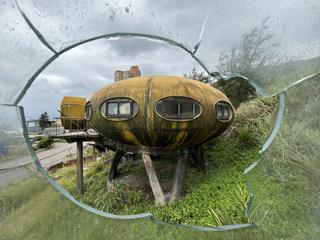

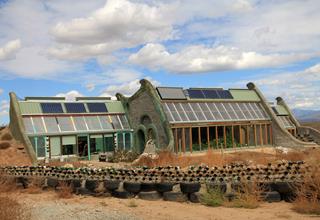

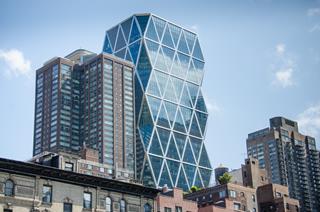























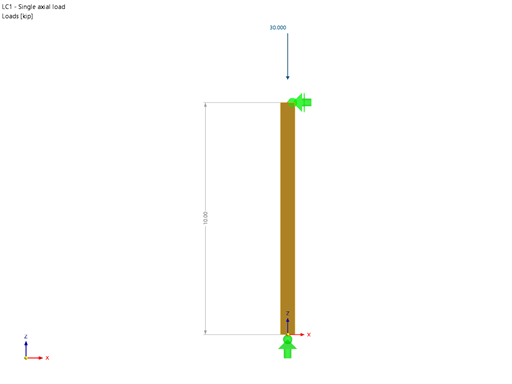





![Reduction of Building to Cantilever Structure: The individual mass points represent the floors. The deflection due to the normal compression forces shown in (a) is (b) converted into equivalent moments of displacement or shear forces [2].](/en/webimage/009762/2420261/01-en-png-12-png.png?mw=350&hash=dd36dc43123116724231958668ad6cdcb13a0169)




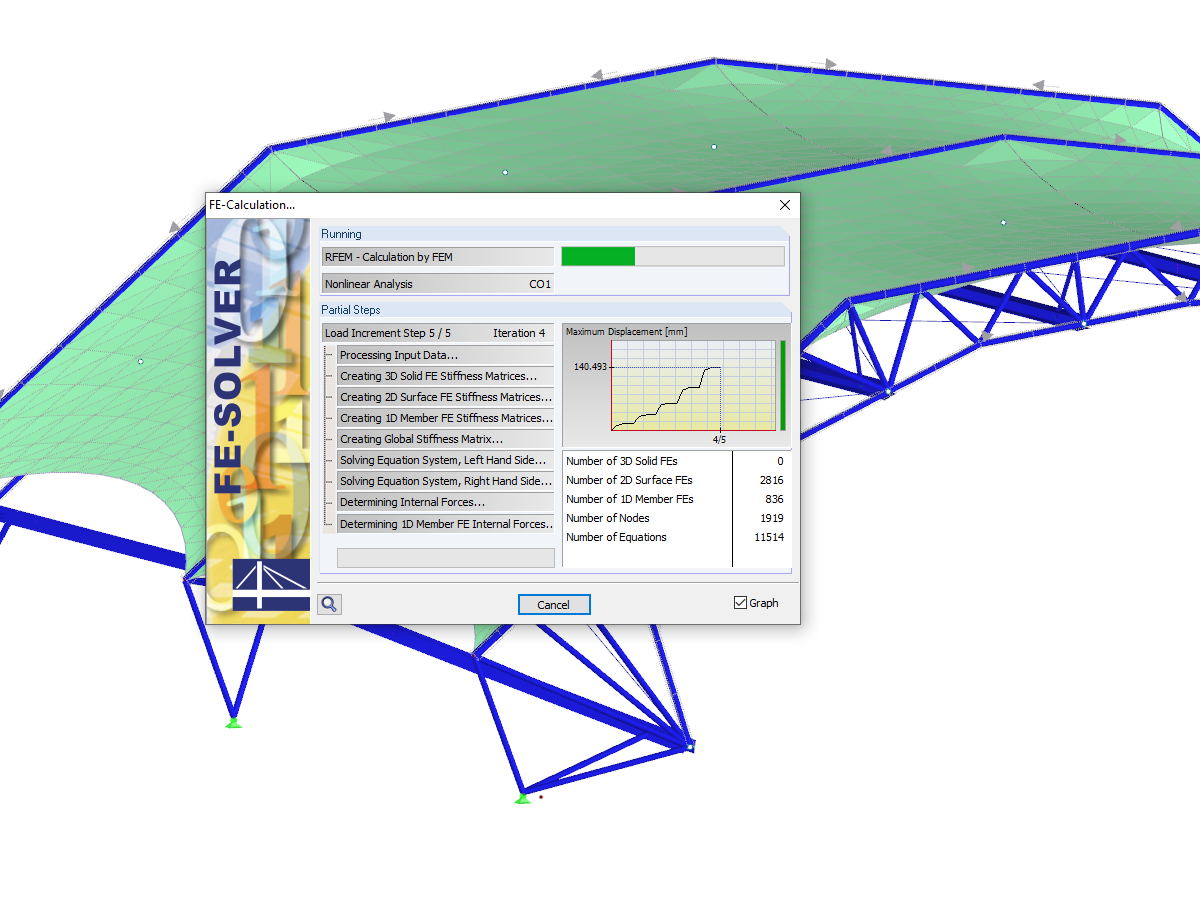.png?mw=512&hash=ea9bf0ab53a4fb0da5c4ed81d32d53360ab2820c)








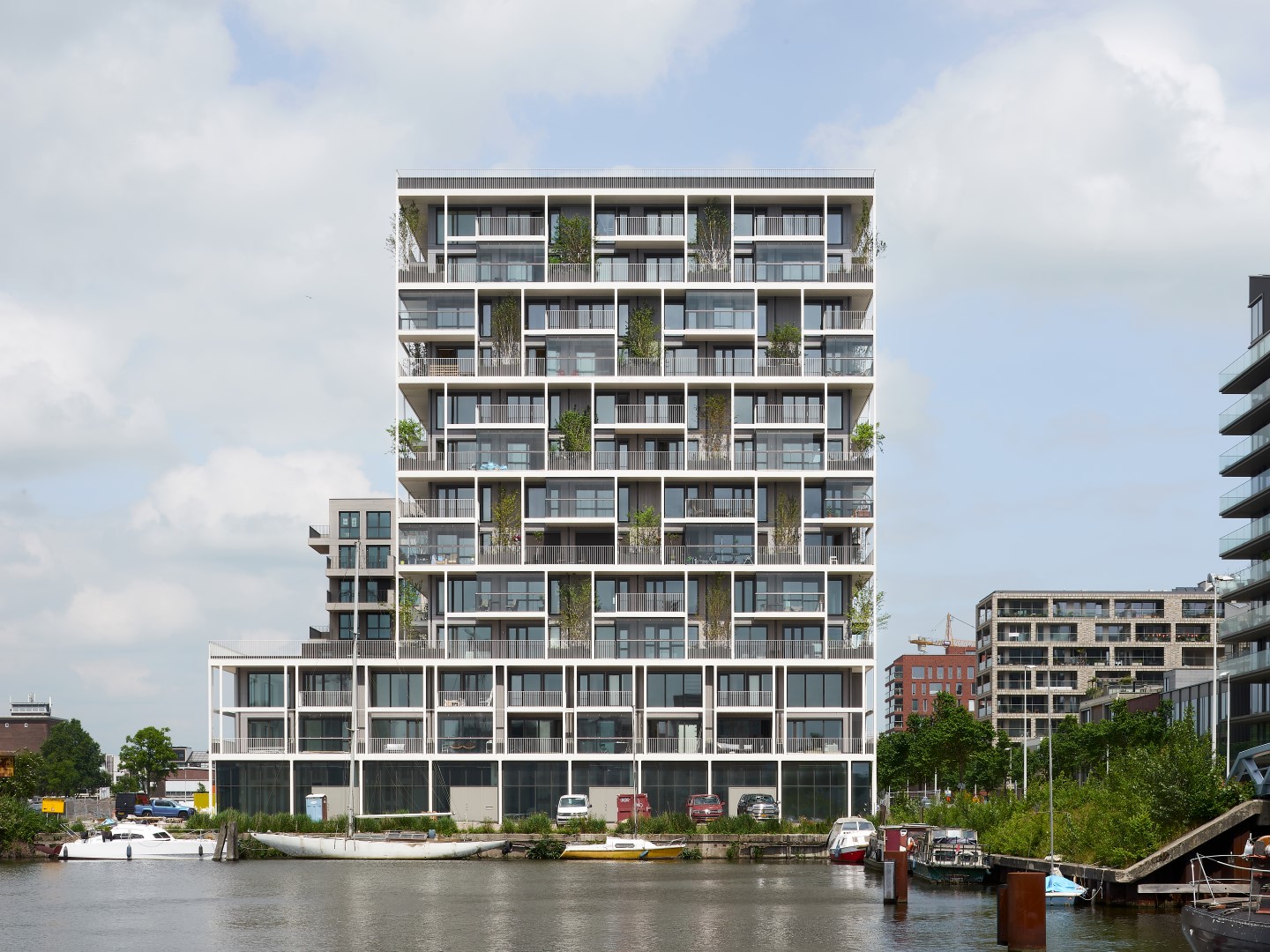.jpg?mw=350&hash=8f312d6c75a747d88bf9d0f5b1038595900b96c1)
